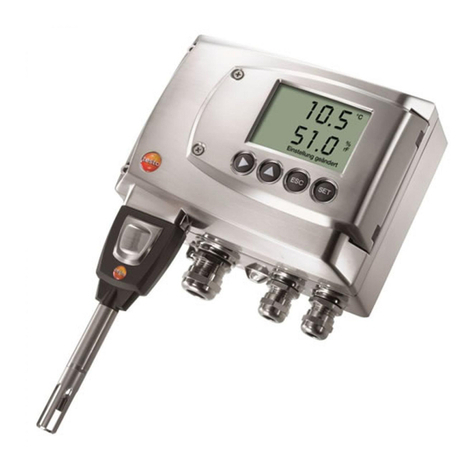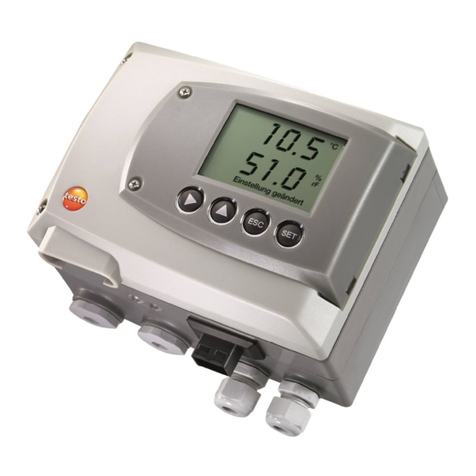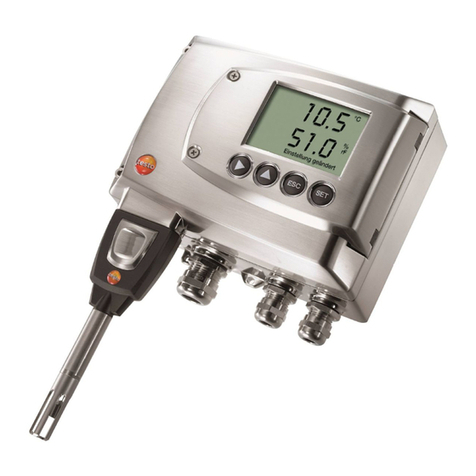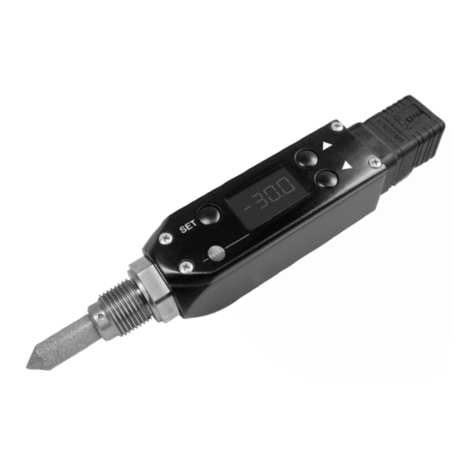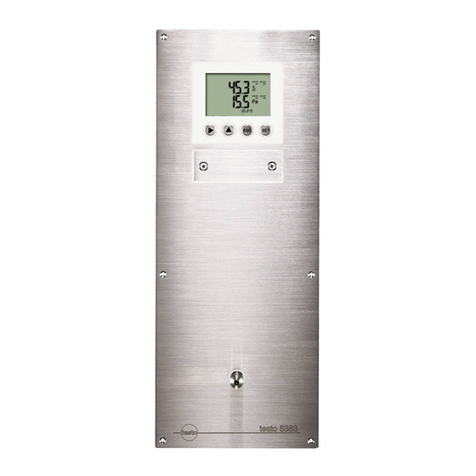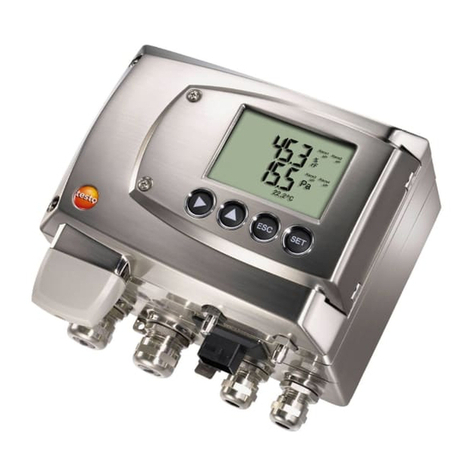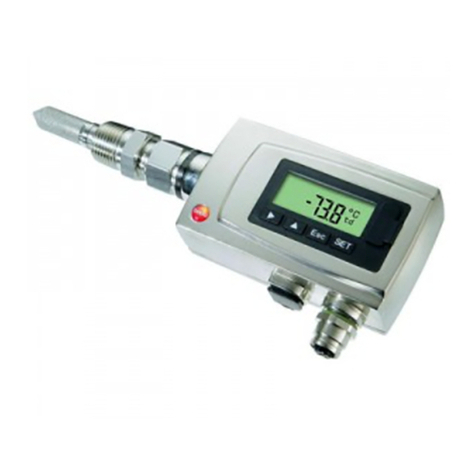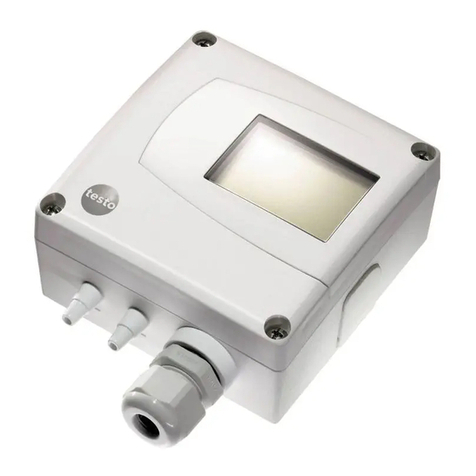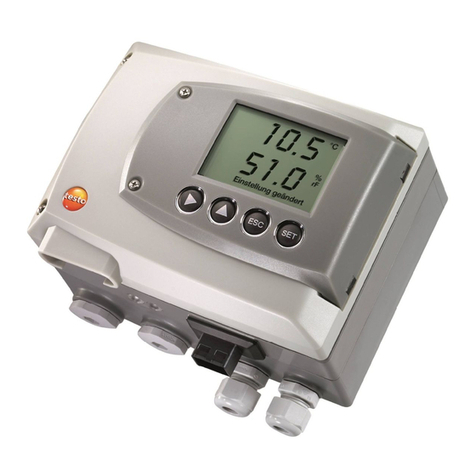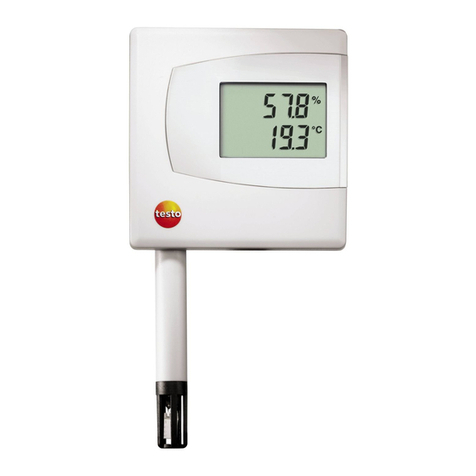
3 Contents
6
4.4.5. Overview of the testo 6351 user menu ...................................................................... 33
4.4.6. The individual main menus ........................................................................................ 36
4.4.6.1. Editing main menu of channel 1 ................................................................. 36
4.4.6.2. Editing Main Menu Alarm .......................................................................... 36
4.4.6.3. Editing Main Menu Settings ....................................................................... 39
4.4.6.4. Editing Main Menu Analysis ....................................................................... 41
4.4.6.5. Editing Message main menu ...................................................................... 43
4.4.6.6. Calling up Main Menu Ident ....................................................................... 44
4.4.6.7. Editing Main Menu Adjust .......................................................................... 44
4.4.6.8. Editing Reset main menu ........................................................................... 46
4.5. Status, warning and error messages ................................... 46
4.5.1. Status messages ......................................................................................................... 47
4.5.2. Warning messages ..................................................................................................... 48
4.5.3. Transmitter error messages ....................................................................................... 49
4.5.4. Handling alarm messages .......................................................................................... 49
4.5.5. Namur fault conditions .............................................................................................. 50
4.6. Maintenance and cleaning .................................................. 51
4.6.1. Maintaining the instrument ....................................................................................... 51
4.6.2. Cleaning the instrument ............................................................................................ 51
5 Parameterizing, adjusting and analyzing software (P2A
software) .............................................................................. 52
5.1. Specifications ...................................................................... 52
5.1.1. Functions and use ...................................................................................................... 52
5.1.2. System requirements ................................................................................................. 53
5.1.3. Scope of delivery........................................................................................................ 53
5.2. First steps ............................................................................ 54
5.2.1. Installing the software/driver .................................................................................... 54
5.2.1.1. Installing P2A software............................................................................... 54
5.2.1.2. Installing USB driver ................................................................................... 54
5.2.1.3. P2A software upgrade ................................................................................ 54
5.2.2. Starting the software ................................................................................................. 54
5.2.2.1. Starting the program .................................................................................. 54
5.2.2.2. Establishing a connection with the instrument .......................................... 55
5.2.2.3. Activating the connection with the instrument .......................................... 55
5.3. Using the software .............................................................. 56
5.3.1. User interface ............................................................................................................ 56
5.3.2. Editing instrument/parameter file ............................................................................. 58
5.3.2.1. Changing instrument/parameter file .......................................................... 58
5.3.2.2. Saving parameters ..................................................................................... 66
5.3.2.3. Opening the parameter file ........................................................................ 67
